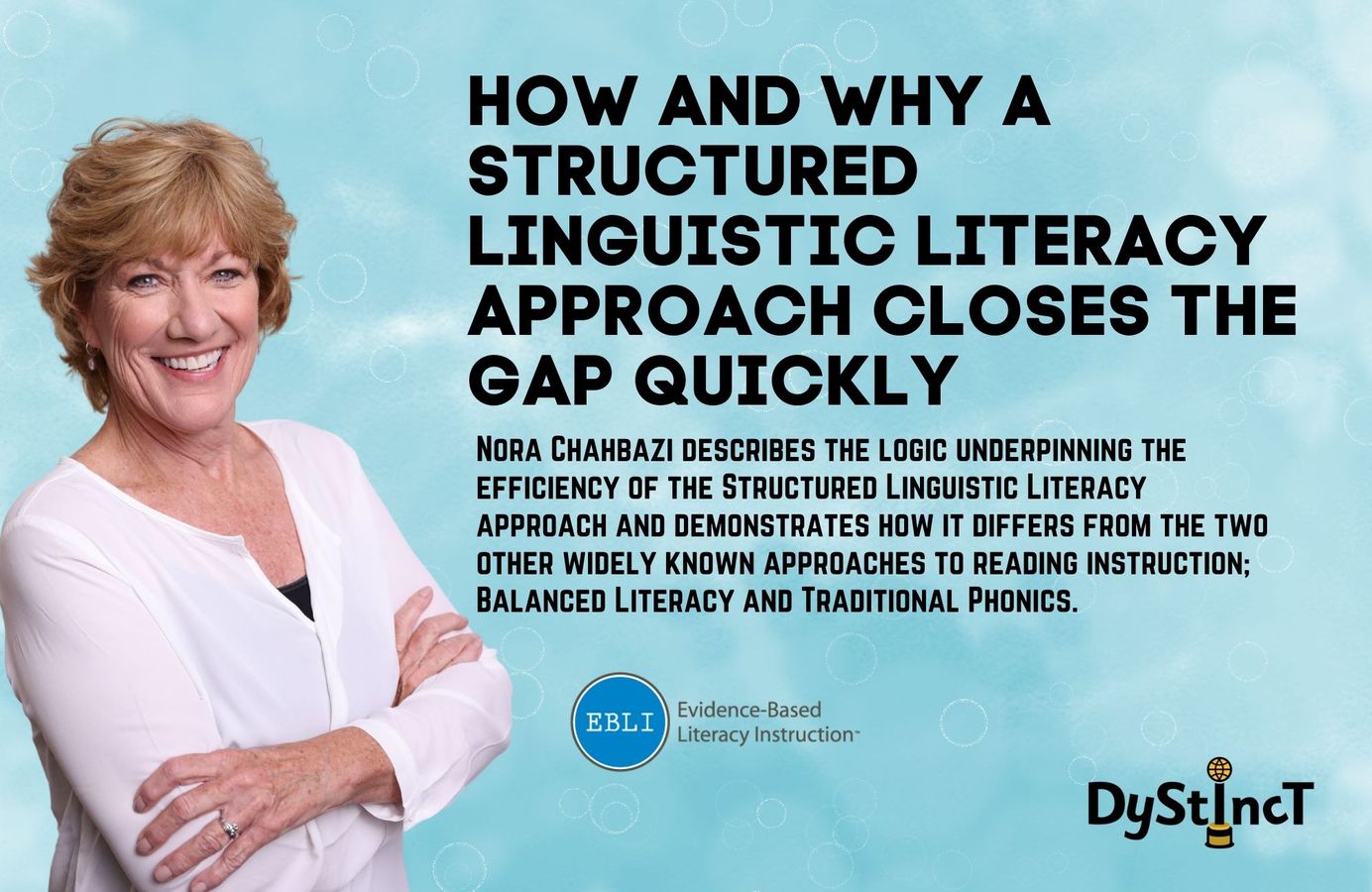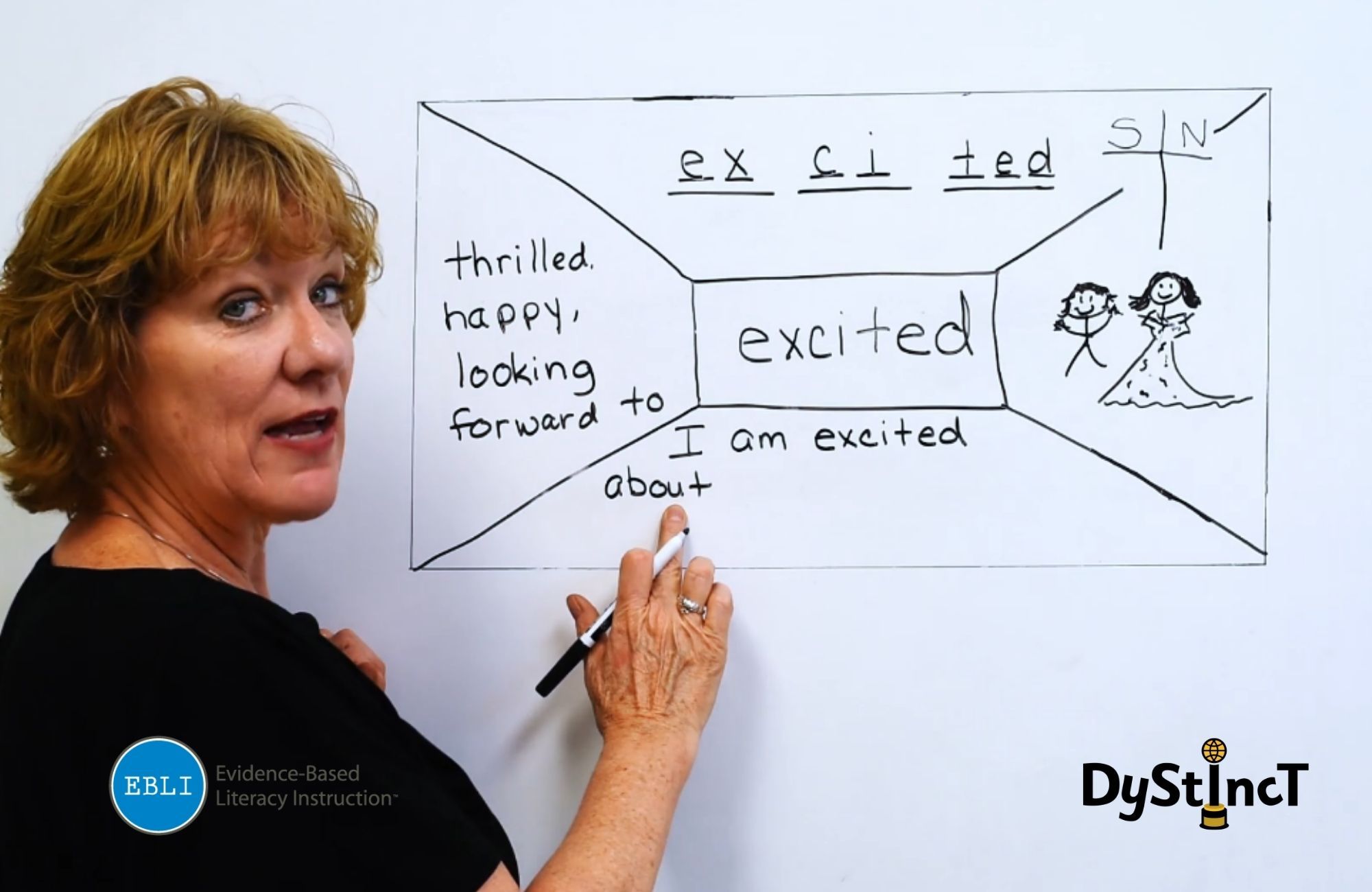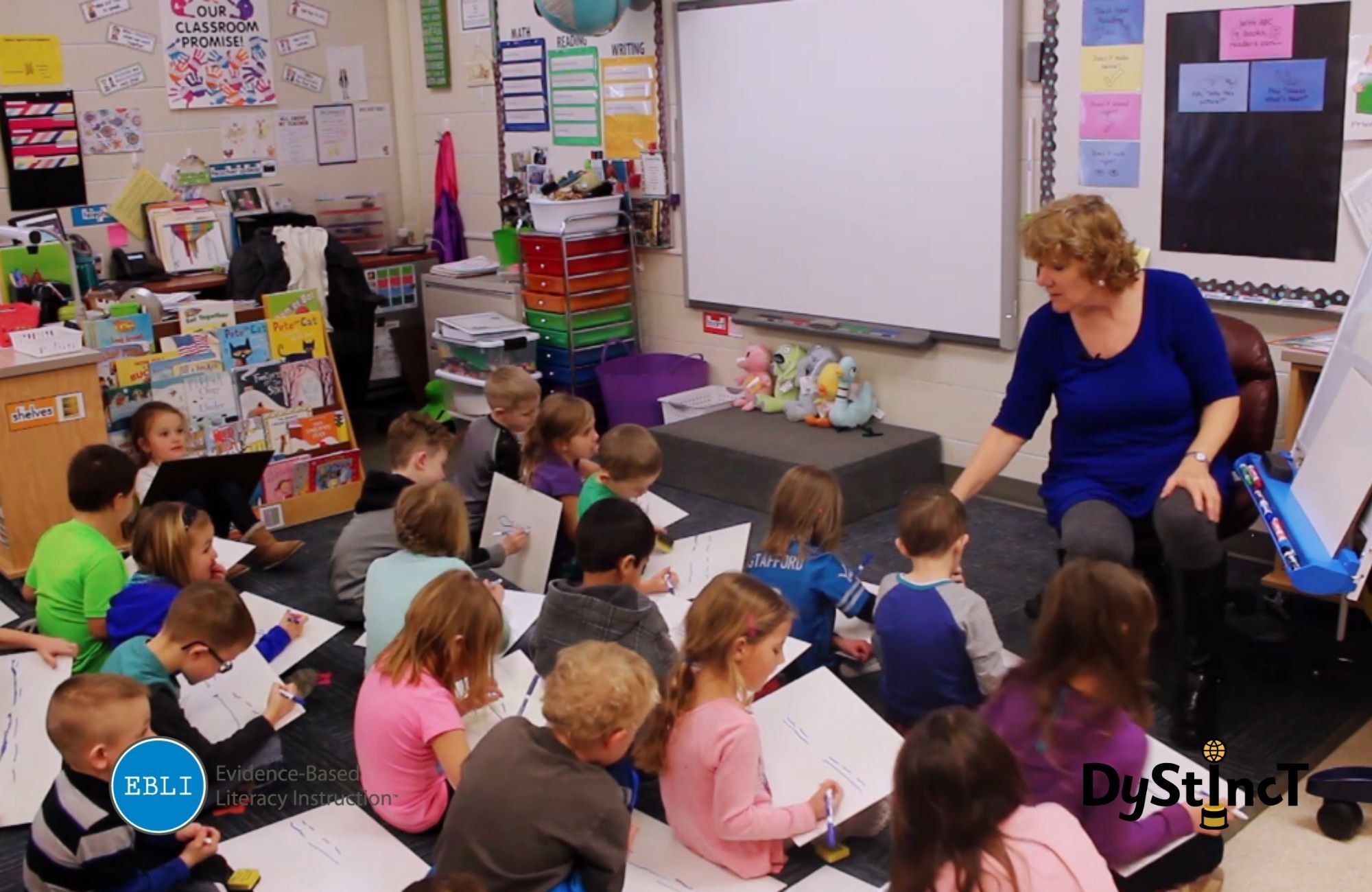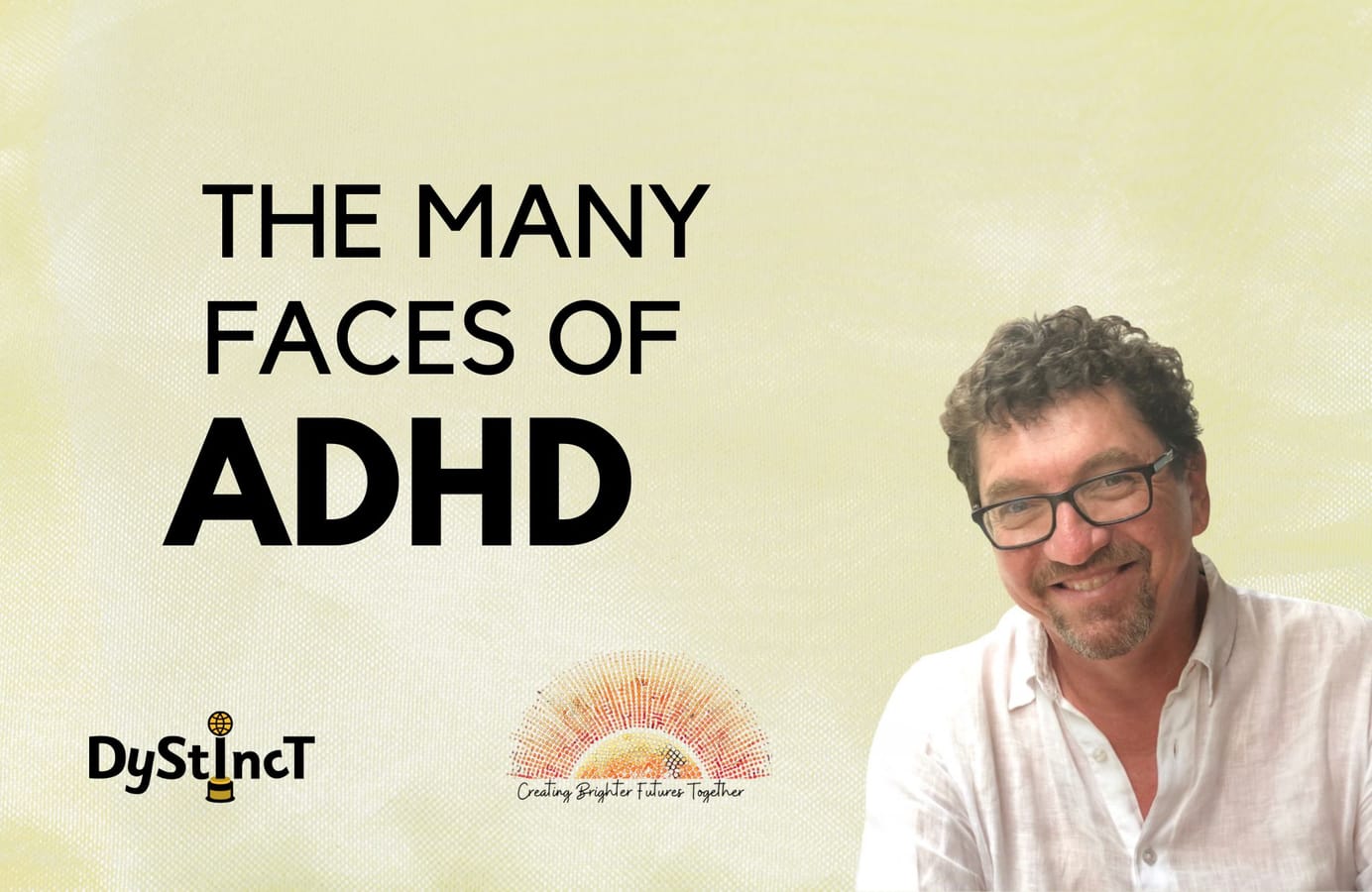
Issue 13: How and Why a Structured Linguistic Literacy Approach Closes the Gap Quickly | Nora Chahbazi
Nora Chahbazi describes the logic underpinning the efficiency of the Structured Linguistic Literacy approach and demonstrates how it differs from the two other widely known approaches to reading instruction; Balanced Literacy and Traditional Phonics.
The most widely known processes used for teaching or remediating reading fall under two umbrellas: Balanced Literacy and Traditional Phonics. However, there is a 3rd way that has been around for decades and has largely remained hidden away and taught by a smattering of teachers and interventionists. This methodology has been referred to by many different labels, Speech to Print and Linguistic Phonics being the most common. Unfortunately, each of those terms can be confusing because they’re used to describe several things. In an attempt to have a common language, the term Structured Linguistic Literacy has recently been created to differentiate this methodology from Balanced Literacy and Traditional Phonics.
What do I need to do differently?
Whether a beginning kindergartener or a person of any age who is sub-literate and in need of remediation, the effectiveness and efficiency of instruction are of utmost importance. The goal is to get every learner to achieve, as quickly as possible, a high level of accurate, automatic reading, as well as writing and spelling. These skills allow them to live in the world as a highly literate citizen.
With the most recent NAEP 4th grade reading proficiency scores in the United States at a dismal 33%, it is obvious that the goal of high-level literacy for all continues to elude us. Proficiency scores for 4th graders in the US have been below 40% for decades. Why does this horrific statistic remain so constant? What can we do about it?
The questions of how we teach children to read and how we remediate learners need to be at the center of this discussion. The question that is always at the forefront of my mind when teaching a student or training an educator - especially when the progress of learning has stalled - is this: “What do I need to do differently?” Until 95-100% of our learners are proficient at reading, we have no room to rest on our laurels.
Structured Linguistic Literacy is an explicit, systematic instructional approach that, right from the beginning, begins with instruction rooted in something which almost every child has some experience with when they come to school - spoken words. Structured Linguistic Literacy starts with words, segments a word into the individual sounds, provides a placeholder for each sound, provides the student with the letter(s) that spell the sound, and then teaches them how to blend the same sounds together. This helps them connect the sounds to create the word. Oral language, or learning to talk, is natural. The process of learning to read and write is manmade; it is not natural.
The process of learning to read is not natural.


The alphabet is a system created a few thousand years ago, made up of a (mostly) agreed upon and often shifting code. This code is used for the purpose of communicating with each other via print. Reading is the process of getting information off the page that was written by someone else, and writing is the process of putting thoughts or information on the page so a person, or many, can read it at a later time. While the concept of an alphabetic code was a great invention, the English alphabetic code is an especially complex one. Because English spellings were borrowed from several different languages, there are many unique nuances that make it very confusing if the logic of the system is not learned. The Structured Linguistic Literacy approach teaches the logic of the English alphabetic code from a unique and different approach that helps learners more easily apply this code to accurate, automatic reading and spelling. It is revolutionary and very different from other approaches to teaching foundational reading.
This post is for paying subscribers only
SubscribeAlready have an account? Log in


